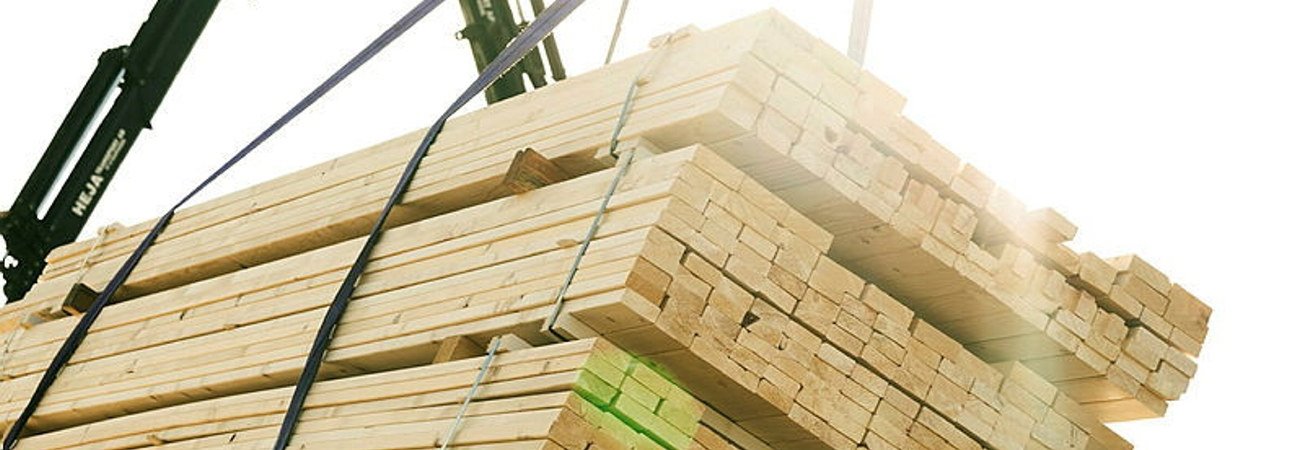Asia: China drives demand for Swedish softwood

The trend continues for growth in volumes of Swedish softwood going to China. The market now favours softwood over hardwood: the volume of softwood imported by China has doubled during the past five years. Christer Bladh, Sales Manager Asia, predicts another strong year for timber in the Far East.
This can be attributed to the expanding middle class and its preference for spruce’s light colour and small knots for furnishing their new, compact apartments, where modern furniture is needed to make the most of the space. Furniture is the main driver of demand in China, followed by packaging.
Chinese construction is still predominantly in concrete. This fuels demand for a certain amount of lower quality timber, mainly from Canada, for concrete forming purposes. But there is an increasing tendency to build in wood motivated by environmental concerns, albeit from a very low base. In the long term, this will be another driver of demand, particularly of the planed wood for which Sweden has significant production facilities compared with Finland, for example. While this will strengthen Sweden’s position in China, the dominant source of imported timber remains Russia. China’s home-grown wood resources are somewhat depleted and will need to recover strongly before they can be harvested again.
Demand in China is set to remain strong throughout 2021. Stocks of timber in the country’s ports are very low, and now that Chinese New Year has passed, we can expect concerted efforts to rebuild these inventories while Russia is struggling to keep up. China has one advantage in sourcing timber: it is equipped to handle random lengths which many countries reject, thanks to its extensive facilities for finger jointing for furniture production.
Show all content for topic.
Subjects: Timber


